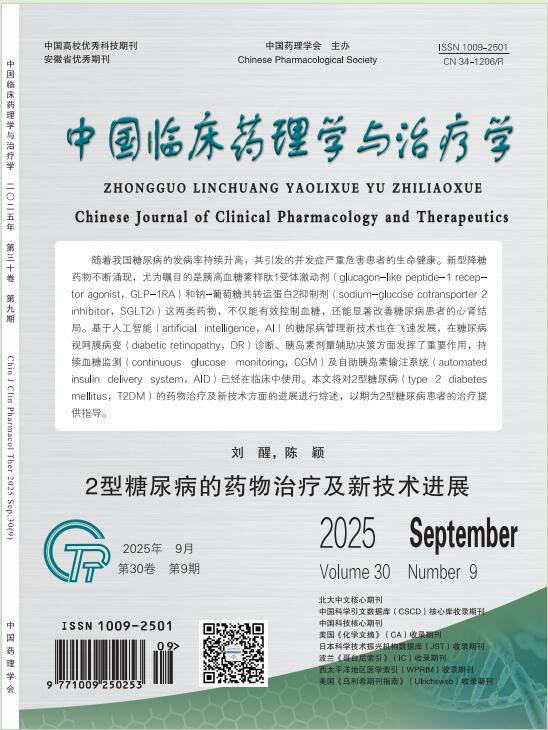Influence of dezocine injection to the side effects during tracheal extubation period in laparoscopic cholecystectomy
GENG Wu-jun, TANG Hong-li, ZHANG Xue-zheng, HUANG Lu-ping, GAO Xiao-yan
2012, 17(3):
318-321.
 Asbtract
(
652 )
Asbtract
(
652 )
 PDF (185KB)
(
370
)
References |
Related Articles |
Metrics
PDF (185KB)
(
370
)
References |
Related Articles |
Metrics
AIM: To explore the effect of dezocine injection to the side effects during tracheal extubation period in laparoscopic cholecystectomyMETHODS: 90 patients treated with laparoscopic cholecystectomy were divided into three groups randomly, the dezocine group,including 16 men and 14 women, were injected with dezocine 0.1 mg/kg,and the fentany group(15 men and 15 women) were injected with fentanyl 0.002 mg/kg,and the tramadol group,including 17 men and 13 women, were injected with tramadol 2 mg/kg when the surgery was over. After venous induction with midazolam,propofol and cisatracurium to endotracheal intubation,the patients inhalated sevoflurane and injected propofol continuously during operation.The VAS analgesic score,Ramsay sedative score and the side reaction between the three groups were observed and recorded within 24 h after operation. RESULTS: The VAS scores of the dezocine group and the fentany group were much lower than those of the tramadol group at 0.5,1,4 h after operation,there was statistical significance(P<0.05). The VAS scores at 12,24 h in three groups had no statistical significance.The Ramsay sedative scores of the dezocine group were much higher than those of the fentany group and the tramadol group at 0.5,1 h after operation(P<0.05),The Ramsay sedative scores at 4,12,24 h in three groups had no statistical significance(P<0.05). There were no nausea and vomiting in dezocine group, 4 nausea and 0 vomiting in fentany group,and 14 nausea and 7 vomiting in tramadol group. CONCLUSION: Injecting the dezocine 0.1 mg/kg in vein is effective and safe when using in laparoscopic cholecystectomy.


